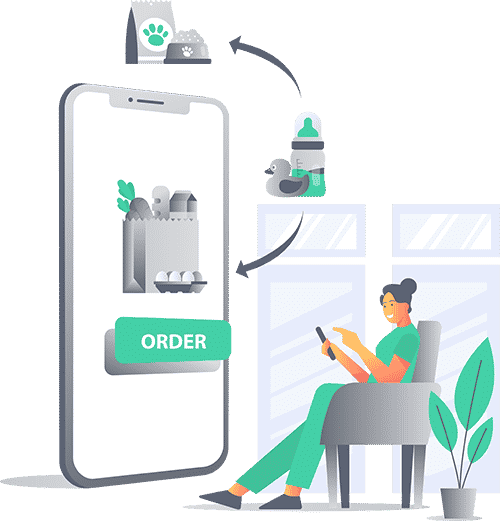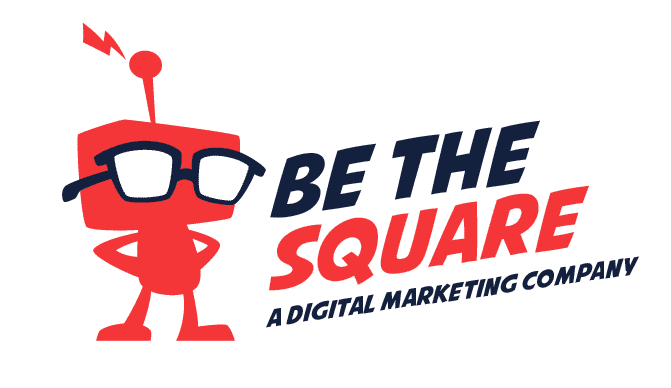Micro Intents and SEO – Understanding Your Users
Search engine optimization (SEO) is a powerful tool that can help you attract more customers and increase your ranking in search results. But SEO isn’t just about putting keywords in your content or on your website—it’s about helping users find exactly what they’re looking for. That’s where micro intents and SEO come into play. Micro intents are the smallest units of meaning in a user’s query, such as “buy” or “find.” They can be used to understand the intent behind a search query or keyword phrase. Understanding these micro intents can help you create content that resonates with your audience and helps drive traffic to your site.
READ: What is SEO / Search Engine Optimization?

What are micro intents and SEO?
Micro intents are small, specific tasks that people want to do on the internet. They’re different from macro intents, which are larger tasks that involve multiple steps. Understanding micro intents and SEO helps you deliver the right content to the right people. For example:
- If you’re looking for a new pair of shoes and you want them to be red but not too expensive, your macro intent might be “shopping for shoes.” However, if you know exactly what type of shoe you want—and the color and price don’t really matter—then your micro intent might just be “boots.”
- Another example is someone who wants to buy a car. His macro intent might be “buying car,” while his micro intent could be “renting cars online.”
Why are micro intents important for SEO?
Micro intents and SEO help you understand what your audience is looking for. Micro intents are the most granular of the search queries you see in Google and Bing, but they’re also where a lot of your traffic can come from if you optimize content around these terms.
When it comes to SEO, micro intent data helps you understand your audience’s needs and wants and can inform what content they want to see on your site. The more specific you get with your micro intent data; the better experience users will have when they visit that page on your site – which means higher engagement rates and higher conversion rates!
How to understand your audience’s micro intents
Micro intents and SEO are a way to understand the needs of your audience. They help you identify the problems your audience is trying to solve, and they help you better understand what pain points your customers may be experiencing.
Let’s take an example: Say that you run a website devoted to cooking food with whole grain flours. Your goal is to get people interested in healthy eating, so it makes sense that one of your main objectives would be understanding how much people know about nutrition. If this were the case, then one micro intent would be “how healthy food affects my body.” This micro intent can further be broken down into multiple sub-micro intents like “what kinds of foods should I eat” or “how do I know if my diet is healthy?”
Understanding your audience’s micro intents can help you tailor your content to better fit their needs. It will also allow you to create more targeted questions that are relevant to the reader’s wants and desires.
How to increase click-through rates (CTRs) with SEO for micro intents
Micro intents and SEO are a great way to understand your audience and create content that is relevant to them. They also help increase CTRs, conversions, sales, and revenue.
If you’re looking for more clicks on your website or blog post(s) and want to increase CTRs with SEO for micro intents, the first thing you should do is start by thinking about the main intent of visitors who visit your site. For example: “I want information” or “I want coupons.” Once you’ve identified these main intents (or micro-intents), write content based on their needs. This will ensure that each piece of content addresses those specific needs in a way that resonates with readers when they arrive at your site or blog post(s).
It’s important to remember that not all intents are created equal. Some may be more likely than others to convert into an actual sale, while still others may simply interest someone enough that they share it with friends or family.

What content do people want to see?
To get the most clicks, you have to know what your audience wants. It’s not easy—you have to research the right keywords and titles, use the right image layouts and keywords, create social media content that resonates with your audience, and so on. But if you take care of these little details for each post on your site then you’ll be in great shape.
The best way I’ve found to do this is by using BuzzSumo’s Content Analyzer tool (it’s free). You just enter a URL into their search bar, and it will give you a list of all kinds of useful data about the article including:
- How many people shared it? Which posts got shared by more influencers? What was written about most often? You can even find out who tweeted or shared an article from their profile page if they’re connected with Twitter or LinkedIn respectively! This helps give context behind why certain articles might perform better than others within specific niches (e.g., “people don’t share as much when _________).
- Which images did they use most often? Where did those images come from originally – like Flickr or Getty Images? These are good clues too when trying figure out what type of style works best within a particular niche because sometimes brands will spend thousands of dollars promoting them across multiple networks like Facebook ads.
READ: HOW TO DESIGN A WEBSITE? 10 TIPS ON EFFECTIVE WEBSITE DESIGN
How do you use SEO for micro intents?
To increase your CTRs, you need to understand how people are searching. The most common micro intents are:
- How to do something
- What is a thing
- Where is a place (location)
- Who does something (people)
The basic premise of micro intents is that people are looking for something specific, and it’s up to you to provide them with the most relevant information possible so they can find what they’re looking for.
If you have a website, it’s important that you optimize your pages for the most common micro intents. The best way to do this is by creating content that answers specific questions people might have about your products or services.
What is a Thing? This type of micro intent typically involves wanting information about something. For example: “What is the best place to buy a new car?” or “What does it mean when my cat purrs continuously?” In these cases, your goal should be to provide an answer that provides enough details for someone searching with this micro intent so they can make an informed decision about whether you’re offering what they’re looking for.
Conclusion
We hope this article has helped you understand micro intents and SEO and how they can help you improve your SEO score and strategy. This is a big deal for businesses looking to attract customers and make sales, so it’s important that you start using these strategies now!
If you’re interested in learning more about how we can optimize your website to rank higher on search engines like Google or Bing, check out our free SEO audit tool!
It’s also worth mentioning that we can help your website drive more leads, sales and traffic through SEO!





